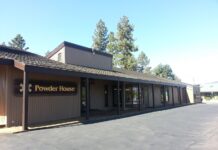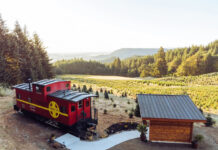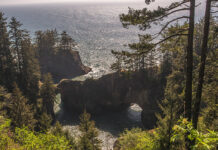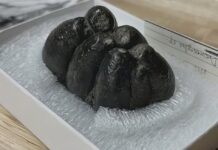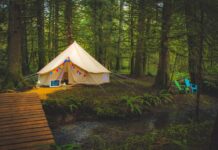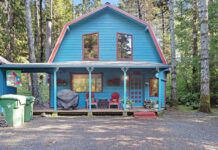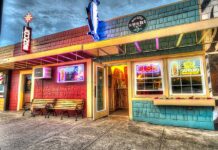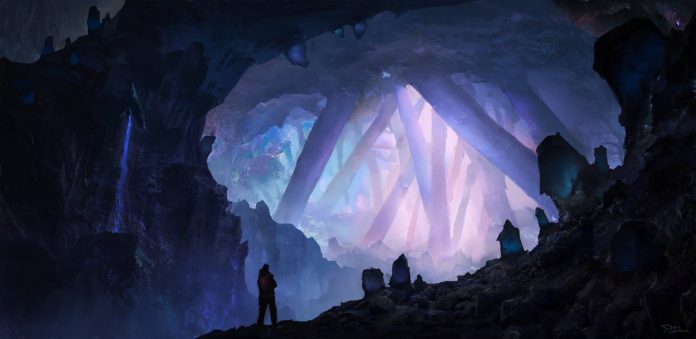There's nothing that fascinates me more than America's incredible history — especially in the state of Oregon, the place I've called home since birth. I came across an article tonight that I just couldn't resist writing about. It's the story of a crystal cave, that was said to be located somewhere in the high desert of central Oregon. Legend has it the cave is lined with quartz crystals, worth millions of dollars. For more than 100 years now, people have been hunting for this cave, but according to the story, those searching for the crystal cave may have been looking in the wrong place. While the story has been passed down by the hands of a half-dozen authors, we can be sure of one thing — they've all added little touches such as made-up dialogue to increase it's appeal. As a result, its' hard to distinguish how much truth there is to the story. The story that's told today goes like this.

A group of cowboys sometime between 1896 and 1904, had stopped to camp for the night between Burns and LaPine, when stumbling onto the entrance of the crystal cave. Story has it they collected a few samples, and continued their journey to Bend, at which point they began telling locals about their discovery.
This is where the stories have some conflict. One version, was given a boost in a 1946 article written by Phil Brogan in the Portland Oregonian. The article claims the cowboys' story was brought to the attention of a shopkeeper named Nick Smith, who went out to follow the trail of the cattle drive – in this version of the story, the cowboys were on a cattle drive. The article reads Brogan actually found the
The article reads Brogan actually found the cave, but was forced to head home as the weather got nasty. Smith returned the following spring, but due to the winter and the changing landscape was unable to find the cave again, and spent the next 20 years trying to find it again.
Unfortunately, there seems to be some holes in the story here. Why would a man on a horse a day's ride from the nearest town leave the shelter of a cave when caught in a snowstorm? Secondly, it's a little odd how Nick Smith and not one of the other cowboys were able to identify an approximate location. Sure, the weather may have changed the landscape a bit, except for the fact that trees, mountains, and rocky outcroppings tend to stay in place.
Do you love Oregon?
Sign up for monthly emails full of local travel inspiration and fun trip ideas. In each newsletter we'll share upcoming events, new things to do, hot dining spots and great travel ideas.
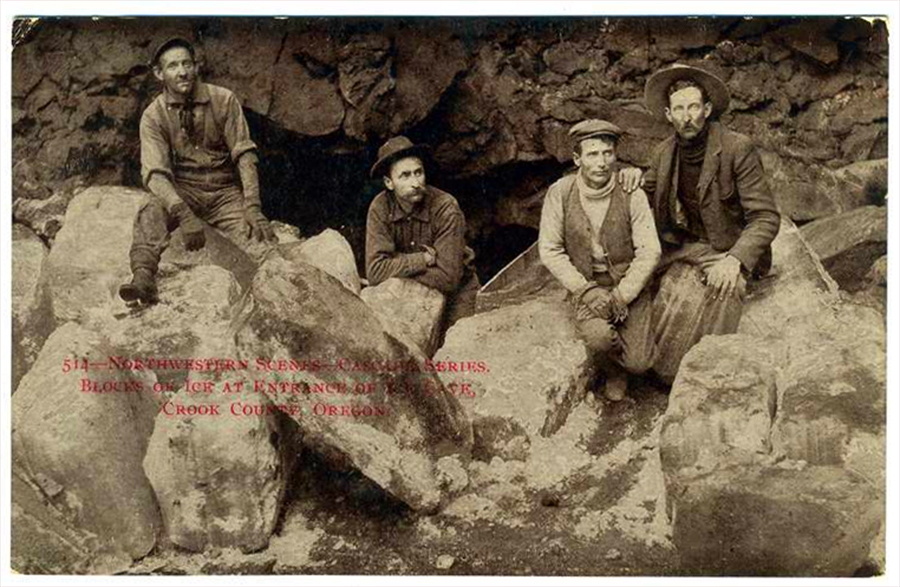
County men getting large blocks of ice out of a Central Oregon cave.
And for the other story, well, it's also a bit problematic. This one comes from Newt Cobb, who is said to be the son-in-law to one of the cowboys who discovered the crystal cave. Cobb said he and his colleagues were shearing sheep, not driving cattle, and were traveling between Millican and what’s now Sunriver. There was no mention of Nick Smith in this story, who presumably became interested in the story later.
And like the first story, this one also raises some questions. The underlying problem here is geological. The terrain between Millican and Sunriver is simply not old enough to have grown crystals like the sample bits the cowboys brought back from the cave. So, either the samples are fakes or the story is inaccurate – in its geology, if nothing else.
The mystery may eventually solve itself, though. When the weather changes, cave entrances often give off visible plumes of condensation, so it’s not unlikely that someone will see such a plume and follow it back to the entrance. Of course, it’s also not impossible that the entrance has somehow been closed off by an earthquake or an eroding rock, and will never be found.
In the end, we're left with yet another fascinating Oregon mystery. Is the crystal cave real? After the original article I have sourced here was published in the Redmond Spokesman, the author got a phone call from a genteman from Pendelton, who sounded around 40 years older than him. In his words:
He quizzed me pretty closely about what I knew about the crystal cave, and where I thought it was. Then, with a little chuckle, he told me the cave was nowhere NEAR where the places this article talks about. In fact, it was not south of Bend, but northeast, about 150 miles out of town.
I could tell by this time that if I asked him where it was, my answer would be a good-natured chuckle and nothing more, but I tried it anyway, in a sort of oblique way. He told me quite clearly that he was NOT going to spill the beans. This gentleman said he has actually been there. And he did not sound like the kind of fellow who's got nothing better to do than make long-distance phone calls to lie to guys like me -- so I believe him. So, well, if you're thinking it might be a myth ... I'm pretty sure you're wrong about that.
This article was used with permission, and slightly modified. The original article was published at OffBeatOregon.com.
(Sources: Tupper, Melany. High Desert Roses: Significant Stories from Central Oregon. Christmas Valley: 1stBooks, 2003; Wood, Patti D. “The Mystery of the Lost Crystal Cave,” Little Known Tales from Oregon History, 52. Bend: Sun Publishing, 1988)


